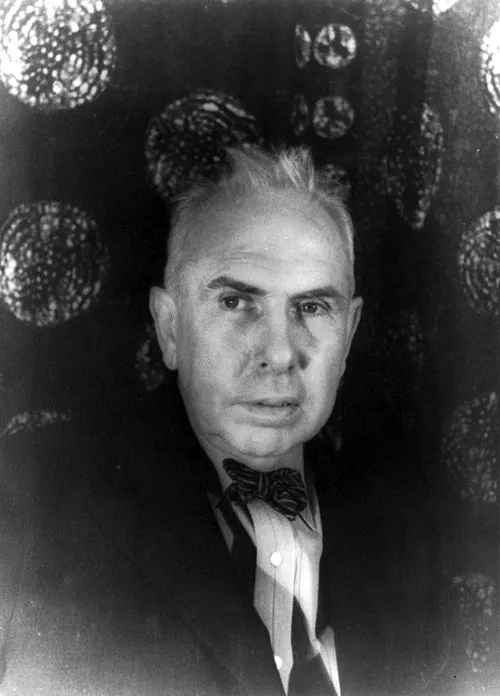
Name: Halton Arp
Nationality: American-German
Profession: Astronomer and critic
Birth Year: 1927
Notable Years: 2013
2013 – Halton Arp, American-German astronomer and critic (b. 1927)
In the bustling world of astronomical discovery, Halton Arp emerged as a figure who dared to challenge the status quo. Born in 1927, his journey began in the quiet suburbs of New York City where he would often gaze up at the stars, captivated by their mysteries. However, it wasn’t merely a fascination with celestial bodies that defined his early years; it was an insatiable curiosity to understand the universe's hidden truths.
Arp's formal education in astronomy blossomed at Columbia University, where he not only absorbed knowledge but also cultivated a rebellious spirit against established scientific norms. After earning his doctorate in 1953, he joined the prestigious Mount Wilson Observatory. There, surrounded by towering telescopes and brilliant minds alike, Arp’s career took flight yet ironically, this very environment that fueled his passion also sowed seeds of dissent.
By observing peculiar galaxies and their associations with one another something traditional astronomers often dismissed he became increasingly convinced that there were connections between galaxies that contradicted standard cosmological models. Despite this growing conviction and mounting evidence from his observations, many prominent scientists were not ready to embrace his radical views.
Perhaps one of Arp’s most contentious arguments was regarding quasars. He proposed that these luminous entities were not distant objects as widely believed but rather ejected material from active galaxies a claim that would provoke outrage among cosmologists who upheld a different narrative about cosmic evolution. His assertions led to academic isolation; however, for Arp, the pursuit of truth outweighed any accolades or acceptance within mainstream science.
The late 20th century was marked by fierce debates within astrophysics circles debates fueled by Arp's theories regarding galaxy redshifts and intrinsic relations between celestial objects. His book “Seeing Red: Redshifts, Cosmology and Academic Science” challenged prevailing notions and ignited discussions among both seasoned astronomers and budding enthusiasts alike. As he expressed during an interview in 1998: “The pursuit of truth is more important than conforming to accepted ideas.” This perspective propelled him further into uncharted territories while leaving some colleagues questioning whether they could regard him as one of their own.
Early Life and Education
Arp was raised in a culturally rich environment, which fostered his curiosity about the cosmos from a young age. He attended the University of California, Berkeley, where he earned his Bachelor of Science degree in Physics in 1949. He would later obtain his Ph.D. in Astronomy from the California Institute of Technology in 1953.
Career Highlights and Contributions
Arp held several notable positions throughout his career. He worked at the Mount Wilson Observatory and the Palomar Observatory, where he focused on the study of galaxies. His most famous work involved the observation of peculiar galaxies that led him to propose a new model of the universe.
One of Arp's most controversial claims was the assertion that some objects classified as quasars were in fact ejections from galaxies. This theory contradicted the widely-accepted view that quasars are distant objects, indicating critical flaws in the conventional understanding of the universe's structure. His seminal book, "Seeing Red: Redshift, Cosmology and Academic Science," had a significant impact on the astronomical community, as it challenged the legitimacy of the redshift-distant object hypothesis and sparked fierce debates.
Criticism and Legacy
Despite his remarkable contributions, Arp faced considerable criticism and was often marginalized by mainstream scientists. His ideas were deemed heretical, leading to limited funding and support for his research. Nevertheless, Arp's insistence on questioning established norms has earned him a dedicated following among alternative cosmologists.
Arp relocated to Germany in 1993, where he continued his research until his later years. He remained an outspoken critic of mainstream cosmology until his death on December 28, 2013, in Bavaria, Germany. His legacy continues to provoke thought and debate within the scientific community, inspiring future astronomers to explore beyond conventional boundaries.
The Legacy of Unconventional Thinking
Ironically enough, although Halton Arp spent decades presenting evidence for an alternative model of cosmic behavior the backlash he faced only amplified interest in his work! Observers began viewing him not just as a scientist but also as a symbol for intellectual independence against institutional pressures all too common within academia today.
A Candid Reflection on Influence
- Courage: Historians recount how few individuals possess such bravery when confronted with overwhelming opposition from peers; yet Arps' persistence inspired many young astronomers worldwide!
- Criticism: Despite criticism aimed at him throughout much life who knows what further discoveries lay dormant waiting amid academic conformity?
- Continuity: Today’s scientists stand on shoulders giants like Halton Arpp for those willing challenge conventions pave ways new insights emerge!
A poignant aspect about Hallton Arrps’ impact lies within modern astronomy where younger generations continue pushing boundaries established earlier eras while rekindling curiosity sparked long ago...









